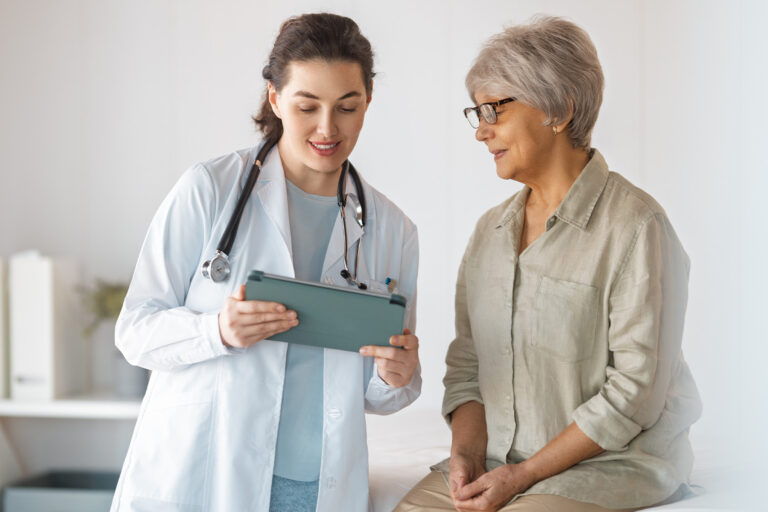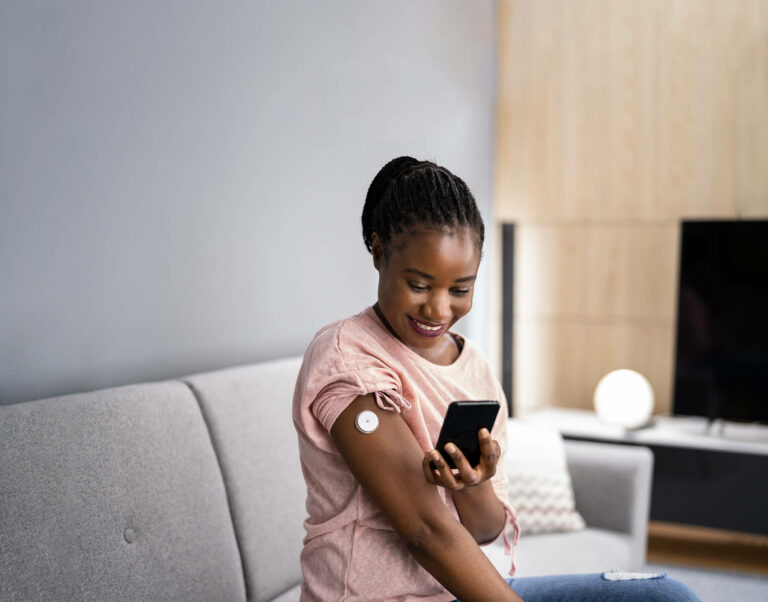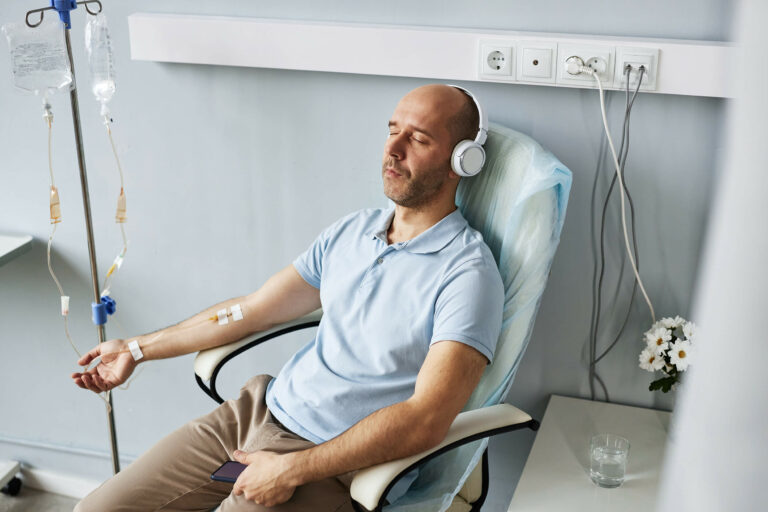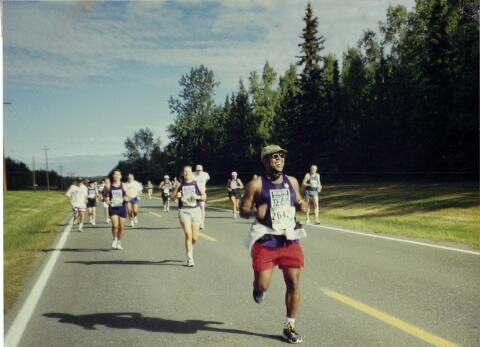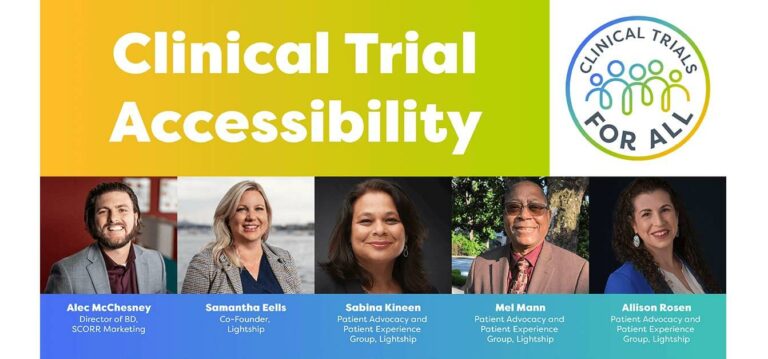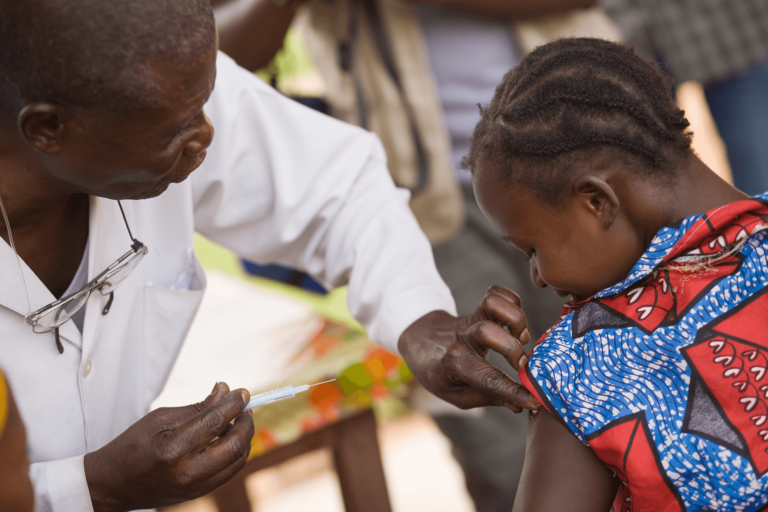Understanding Your Options Beyond Treatment
For many people, the idea of joining a clinical trial doesn’t come up in a calm or routine moment. It often comes right after a diagnosis or during early treatment discussions. You’re still trying to understand what’s happening in your body, and suddenly “research” is on the table. Clinical trials can feel separate from actual care. In reality, they are part of care. Trials are how new treatments are developed, but they are also how some participants get more attention, closer monitoring, and in some cases, faster escalation when something looks off. Participants deserve a clear explanation of how trials work, and they deserve it early. That timing can change not only how people view trials, but how they experience their own care. Clearing Up Eligibility Confusion One of the most frustrating moments for patients is hearing “you’re eligible” and then being told they can’t enroll. “Eligibility does not necessarily mean that you’re suitable to take part in the trial. It’s important to make that distinction through a well-structured explanation of the protocol,” said Dr. Anthony Avornyo, medical director at Ameli-BioGroup. Every clinical trial is built around a protocol. The protocol defines who can join, what the treatment involves, how often visits happen, what tests are run, and how safety is monitored. You might meet the main inclusion criteria and still not be a safe fit for the study. The reason is screening. Once a participant consents, the research team runs tests that often go beyond a typical appointment; those can include ECGs, blood panels, imaging, and sometimes medication reviews. The results can reveal issues that weren’t previously known, like a heart rhythm change or a lab abnormality. In that case, even if you’re technically eligible, the safest decision may be not to enroll. That’s not about excluding anyone, but rather it is about protecting you and the integrity of the study. No one should be put at risk just to fill a slot. Looking at Clinical Trials as Empowerment There is also a widespread belief that clinical trials are a last resort. People often arrive thinking, “This is all I have left.” Clinicians are working to undo that. “This should not be misconstrued as desperation,” Avornyo said. “It’s actually how we are trying to develop a new medicine, how we are trying to find an innovation for a new treatment for a specific condition.” In other words, trials are not only for the end of the journey. They are one of the ways medicines move forward. When patients ask about trials early in their diagnosis, instead of waiting until every standard option has been tried, the experience is different. They tend to feel more informed and more in control of decisions. They also begin to see participation as meaningful beyond themselves. “I would tell them to embrace clinical trials, looking at them as an option to do something altruistic. They may not benefit themselves right away, but for the future generation,” said Avornyo. Ask Early, Don’t Wait There are benefits to exploring trial options early in care. “Early enough in the treatment journey, benefits to patients or participants include being empowered, understanding their own condition, and having a tailored care approach,” said Avornyo. Typically, this can mean more time with clinicians walking through the diagnosis, how the condition progresses, and what treatment options exist. It is also a chance to participate in thorough baseline checks like bloodwork, heart rhythm, weight, blood pressure, and other assessments that are then explained to the participant in plain language. That level of attention can make problems surface sooner. In many trials, doctors are closely involved from the start. A doctor looks at your overall health, talks with you about what the trial really means for you, and steps in if something doesn’t seem safe. This helps make sure you’re not just eligible on paper, but that the trial is actually the right fit for you. The Participant Is at the Center of it All Good research is not just data collection. It’s also logistics, access, and respect. Before a study begins, trial teams look at practical barriers like: “The participants are the center of the study. Without them, we cannot do anything,” said Avornyo. If those needs aren’t met, people either never join or quietly drop out. When they are met, participation becomes possible for more than just people with open schedules and easy transportation. Trust is part of this too. Many communities, especially communities of color, carry real skepticism about research. Teams that do clinical trials recruitment well don’t expect instant trust. They go where people are like churches, mosques, community centers, women’s groups. They answer hard questions about safety. They make it clear that participants are partners, not test subjects. People need to feel heard and taken seriously before they even consider enrolling. Balancing Compassion With Protocol Clinical trials follow strict rules. That’s how data are generated in a way regulators will accept. But structure doesn’t have to feel cold. “Compassion and care should complement each other,” said Avornyo. “Researchers are trained to listen, slow down, explain expectations, and talk honestly about what a trial can and cannot do.” When people feel respected, they’re more likely to stay engaged in the study and when they stay engaged, the quality of the data improve. Everyone benefits from that. Moving Forward Together Clinical trials are how new treatments become tomorrow’s standard of care. But they only work if people are both willing and able to take part. That means seeing trials as an option, not a last hope. It’s important to ask about them early, so you understand your choices and can advocate for yourself. It’s about designing studies around real lives, not idealized schedules. And making sure participation is possible in every community, not just near large hospitals. This matters even more in rare diseases. People living with rare conditions are often spread out across different regions, sometimes different countries. If a trial only runs in one place, many of those patients can’t take part. Allowing studies to include people across borders can bring more participants in and move potential treatments forward faster. The future of care is being built in these studies. Participants have a voice in what that future looks like.

